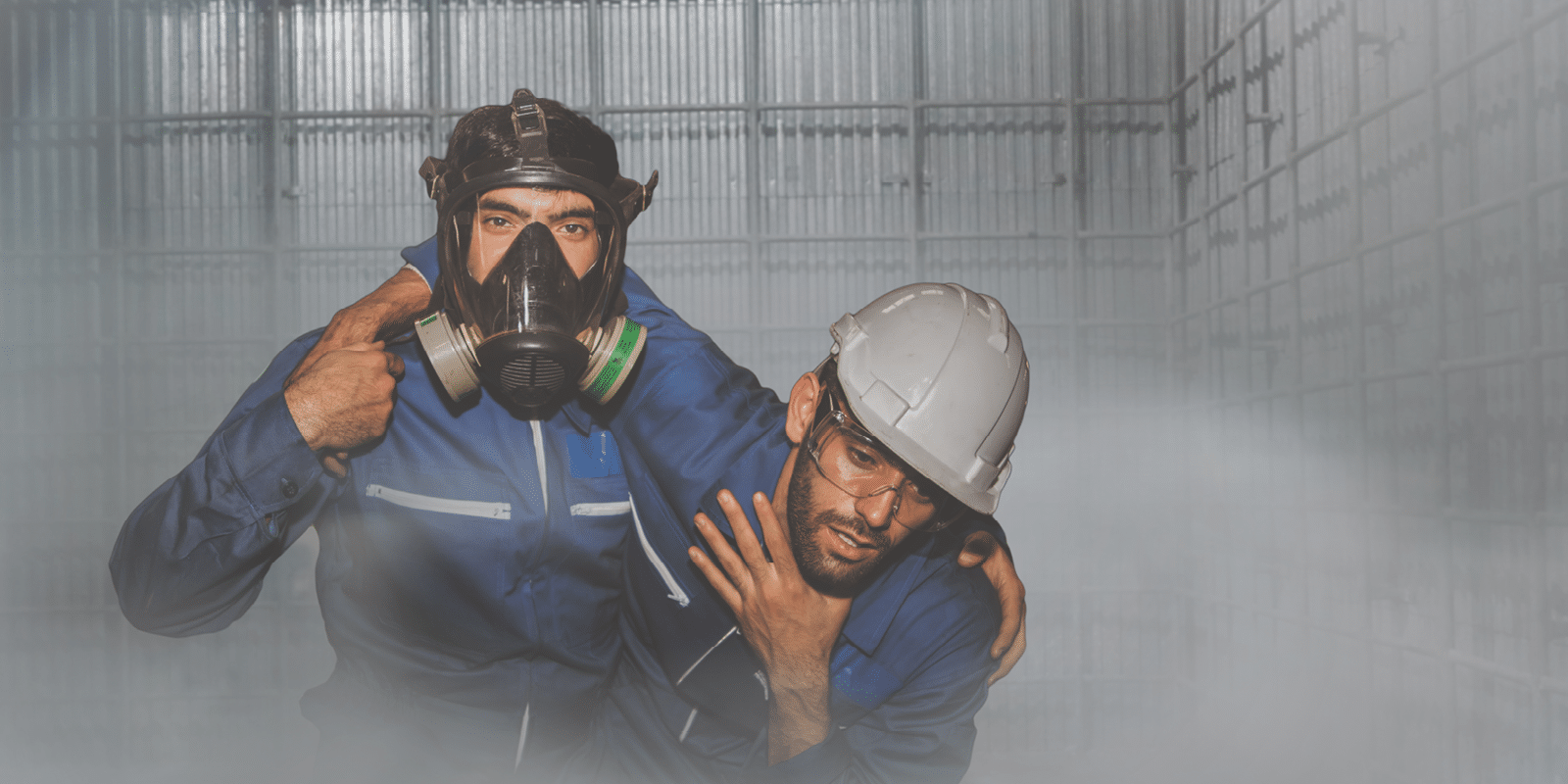
Formula: NH3
CAS: 7664-41-7
Introduction: detecting ammonia. This is a compound comprised of nitrogen and hydrogen atoms, forming the chemical formula NH3. Its molecular structure resembles a trigonal pyramid, contributing to its distinctive characteristics. In this article, we discuss its properties and applications, and provide our recommendation for best detecting practices.
Physical Properties: Ammonia exists as a colourless gas under standard conditions. It is recognisable by its sharp, pungent odour, detectable even at low concentrations of 5 ppm. Ammonia is also highly soluble in water, resulting in the formation of an alkaline solution known as ammonium hydroxide.
Chemical Properties: Exhibiting versatile properties, ammonia acts as a base, readily accepting protons to form ammonium ions (NH4+). It serves as a nucleophile in organic reactions and forms coordination complexes with metal ions.
Industrial Applications: Ammonia is primarily utilised in fertiliser production as a crucial nitrogen source for plant growth. It is also a key precursor in the synthesis of various chemicals, including nitric acid, urea, and ammonium salts.
Environmental Impact: While essential in agriculture and industry, ammonia release can lead to adverse environmental effects. Farm runoff causes water pollution and eutrophication. Industrial emissions can lead to air pollution and acid rain.
Safety Considerations: Handling ammonia requires caution due to its toxic and corrosive nature. Inhalation of high concentrations can cause respiratory irritation, while contact with liquid ammonia can result in severe frostbite. Proper safety measures, including ventilation and protective equipment, are crucial when working with ammonia.
At Rockall Safety, we offer a range of reliable, cost-effective gas detection products, helping you with detecting ammonia.
What we recommend
Honeywell BW Solo Single Gas Detector
The Honeywell BW Solo is a portable, single-gas detector designed to keep workers safe in hazardous environments. This tool is easy to use, works well, and is simple to maintain, making it useful for many industries. Download data onto your PC and manage it with Honeywell software, designed to automate compliance tasks.
Expertly designed to accommodate 14 distinctly different gas types, making it ideal for detecting ammonia.
For more information on the Honeywell BW Solo Single Gas Detector, click here:
BW Solo Single Gas Detector | Honeywell Gas Detector with connectivity. (rockallsafety.co.uk)
Dräger PAC 8000 Gas Detector
The Dräger PAC 8000 is a great choice for individuals who require unwavering safety in tough environments. This non-disposable, single-gas monitor boasts exceptional reliability and precision, singularly detecting hazardous concentrations of a diverse range of gases. For more information on the Dräger PAC 8000 Gas Detector, click here: Dräger PAC 8000 Gas Detector | Single Gas Detector | Rockall Safety
For more information on Ammonia, download our fact sheet here: Detecting Ammonia
Written by Rhys Redrup






